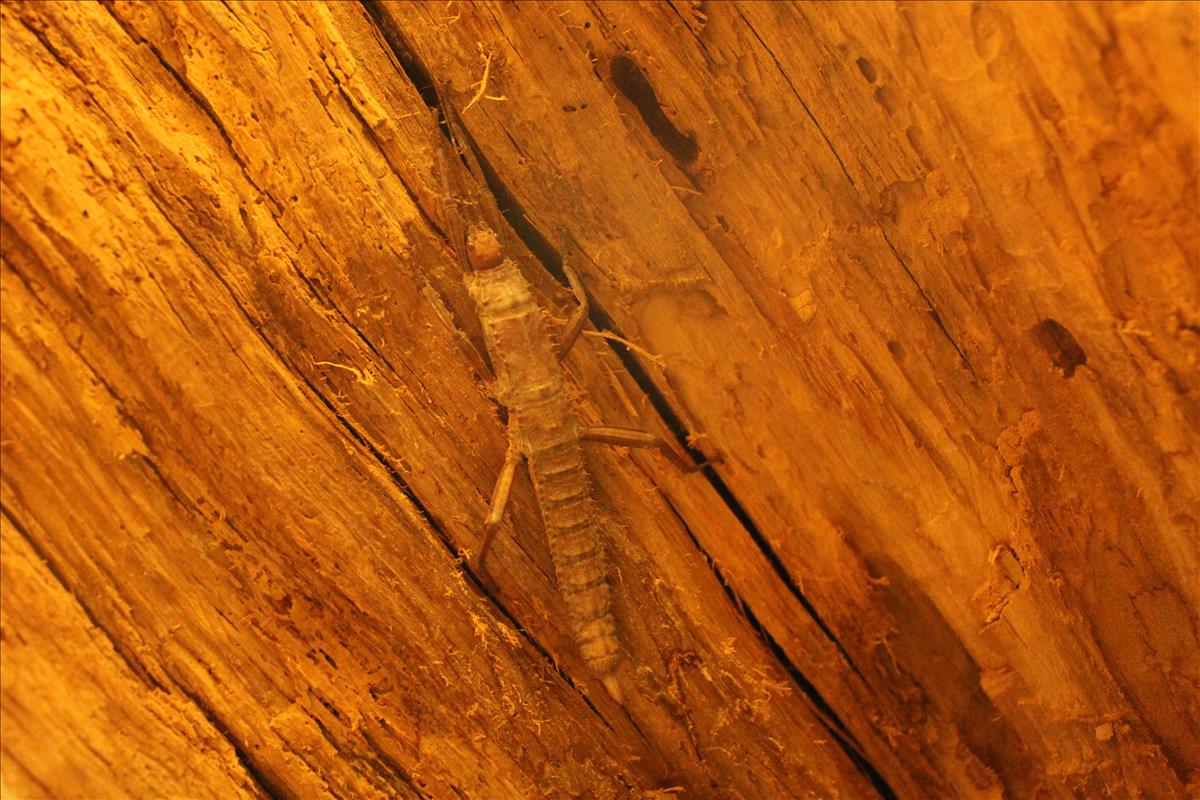Alerts
Please be advised that our bird aviaries are open!
Your Toronto Zoo is committed to the health and safety of the animals in our care. We take proactive steps to protect our birds from Avian Influenza which has been confirmed in a wild bird in southern Ontario, and some birds may still be off display.
Please note Splash Island is still closed and will not open until July due to unforeseen delays in construction. Please watch for updates on https://www.torontozoo.com/tz/splash or on our social media pages. Thank you!
Please note the following animals are currently not on display due to various reasons including Avian Bird Flu, and Covid-19 sensitivity:
- Flamingo, peacock, owl, bald eagle, and aviaries
- Some Kids Zoo Animals
- Cougar
- Moose
- Kangaroo walk through (kangaroos are still visible)
- Axolotl
We apologize for the inconvenience!


Insect
Location at the Zoo:
Australasia
Region: Australasia
Thorny devil stick insect
This is a large semi-terrestrial (as an adult) wingless rainforest species belonging to a family of insects commonly referred to as “phasmids”. This family name means “ghost” or “apparition” and is comprised of stick and leaf insects. They resemble sticks, twigs, bark, or leaves.The thorny devil resembles bark or rotten wood. The long slender body ranges from pale green to brown. It is robust and well-armoured with numerous spines on both body and legs. The male has enlarged femurs on the hind legs with one large, curved spine or thorn on the underside of each leg. Females have a larger abdomen ending in an ovipositor, or egg-laying organ. Both sexes are wingless. Females attain a size of about 15 cm and males about 12 cm long from head to abdomen.
Conservation Status: IUCN

Distribution:
New Guinea, New Caledonia, and the Solomon Islands.Habitat:
Forested areas where it is found in foliage and ground litter. They prefer the warmth and high humidity provided by tropical rainforests.Diet:
Leaves of the forest including ficus, bramble, raspberry, rose, and guava. All stick insects are vegetarian.Reproduction:
Males actively compete for females. The female uses her ovipositor to lay eggs in soft soil. They resemble plant seeds covered by a hard shell. Incomplete metamorphosis takes place with nymphs hatching in about four months. They are about 30 - 40 mm long and brown in colour. The vulnerable nymphs crawl up food plants to congregate at the top. After about five to six sheddings over four to six months, they attain their full size. Life span is about 12 to 18 months.Adaptation:
Nocturnal, moving about at night to feed on a wide range of plants. They have strong cutting mandibles for chewing vegetation. Although not in the habit of biting they can be quite aggressive and defensive. This species of stick insect is heavily armoured with sharp body spines. Males have very large femural spines and when disturbed will take up a defensive position raising their abdomen and use their powerful hind legs to snap down and pinch or clamp onto a potential threat. Having smaller thorns on other parts of its body as well, make it less appetizing to some animals. In addition, exocrine glands behind the head can emit a very strong odour, especially in males.They have a very interesting behaviour for a phasmid; they migrate from foraging areas to form groups of individuals when resting during the day. They congregate in clusters to hide under bark and in hollows of logs and trees. This provides protection from predators. Like other types of stick insects they use crypsis (camouflage) and catalepsy (feigning death).
Threats to Survival:
Eggs are in danger from ants, birds and mice while nymphs may be taken by small birds, ants and spiders. Adults must avoid birds, lizards and spiders. Although not legal in Canada, thorny devils are often sold as pets. Stick insects in general are one of the most common types of pets owned in the world today. The legs of the thorny devil are used in Papua New Guineaas fish hooks.